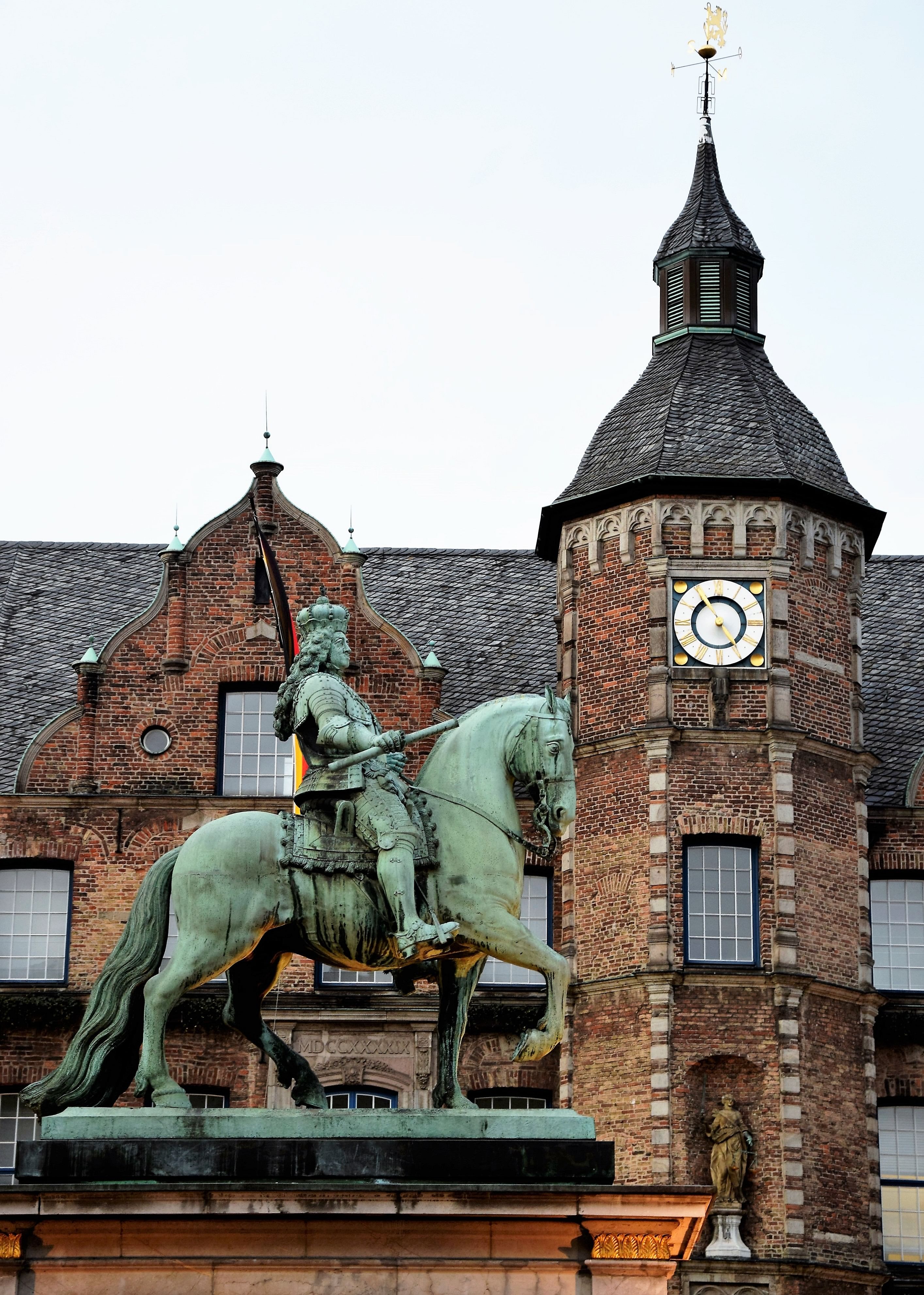Düsseldorf city is the biggest village in Germany - at first, this statement from my German friend does not seem logical at all.
While not among Germany's largest cities, the capital of the West German state of Nordrhein-Westfalens still boasts 620,000 residents, many industries, modern architecture by Frank Gehry such as the Rheinhafen centre of arts and the media; in fact, all the trappings of a modern city.
Then the penny dropped - Düssel is the name of a river and dorf means village in German.
But apparently, Düsseldörfers see themselves as being just a bit more chic and classy than the rest of Germany. After all, this is where Joseph Beuys and Gerhard Richter taught art, where supermodel Claudia Schiffer was discovered in a nightclub, and where Karl Lagerfeld just opened his new concept store.
No wonder other Germans pounce on any chance to joke about the city.
Hip and cool

The city is a mere 15 minutes' walk from the main railway station. The Königsallee, a ectionately called the Kö (above) by the locals, is a broad shopping street lined by famous fashion houses in architecturally elaborate arcades.
I had always thought that older men in leather bomber jackets look a little desperate, but somehow Düsseldorfers manage to look preppy and hip instead.
Running down the Kö is a canal framed by old trees with elegant bridges linking the two sides - one of the loveliest boulevards in Germany.
If you have a sweet tooth, check out Konditorei Heinemann near the famous Schadow Arkaden (Arcade).
The famous confectionery has an excellent selection of cakes, biscuits, pastries and chocolates. The steps to the café upstairs are lined by pictures of famous visitors including royalties, politicians and Pope Benedict.
Traditional touch
Not far from the Kö is a maze of streets forming the Altstadt (Old Town). In German cities, this is where you would usually find the town hall and the cathedral.




